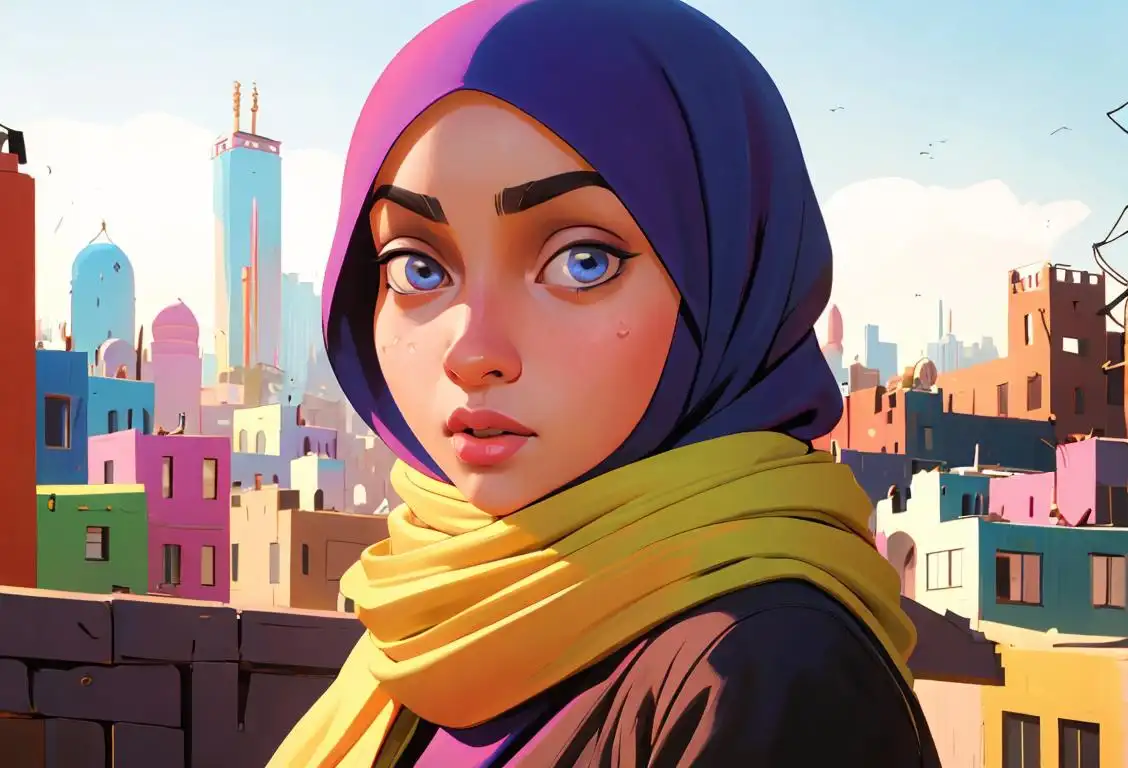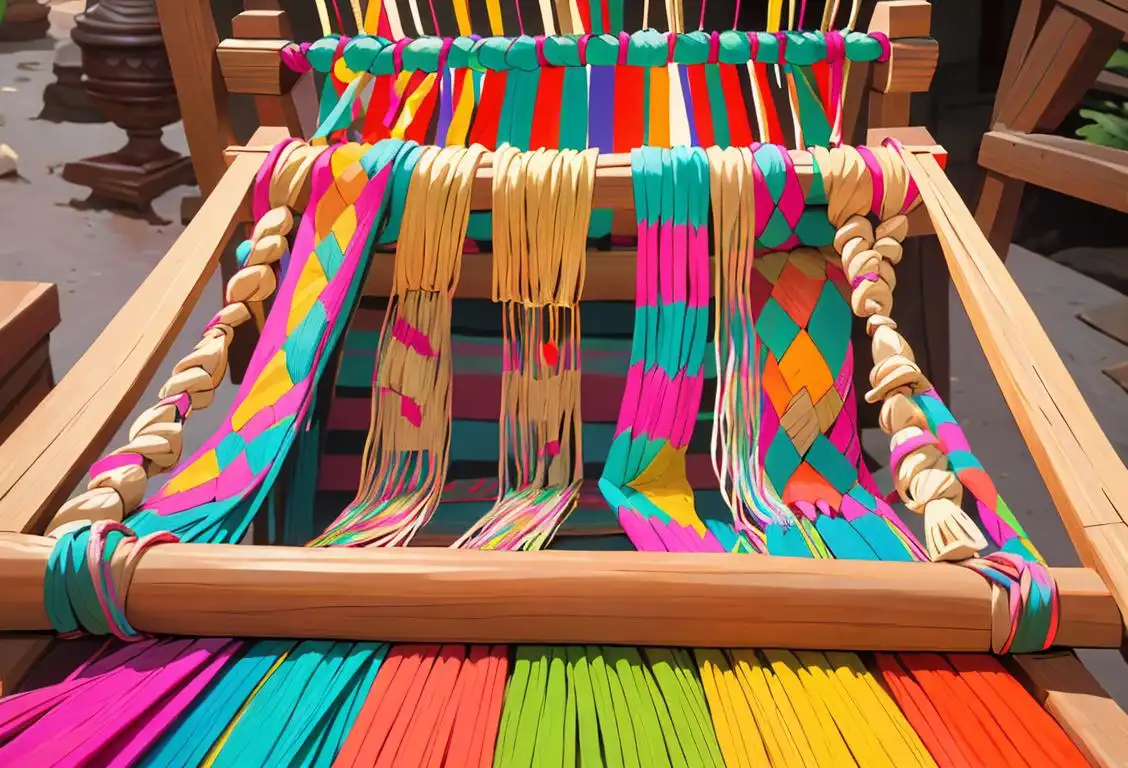National Hijab Day

Welcome! Today we tie up our laces on a journey of cultural admiration and understanding. Yes, we're talking about National Hijab Day. Described as 'head swivelling' awesome by many, it's a day that brings about the fusion of culture and respect, through the simple act of donning a Hijab. So, hold on to your, well... Hijabs as we dive in!
When is Hijab Day?
It's national hijab day on the 3rd February.
The Genesis of National Hijab Day
Many folks will tell you that wearing a Hijab is a heavy affair. To which, the correct response is, 'Only if it's knitted out of lead!' Kidding, of course. National Hijab Day actually started amidst the Ethernet cables and Wi-fi signals of social media in 2013. The idea? To encourage the exploration and understanding of Muslim women's choice to wear the Hijab - it's not just a fabulous fashion accessory, after all!
The Blip on the Internet Radar
On February 3, 2020, the Internet nearly screamed in a collective voice, 'Let's rock those Hijabs, folks!' Racking up an impressive 2916 mentions, National Hijab Day virtually painted the digital town red (or whichever color your Hijab may be). With a solid presence across social platforms, National Hijab Day has evolved from a ripple in the digital sea to a tidal wave of cultural understanding.
Dress-Up for Solidarity
The aim of this day is indeed a serious one, promoting acceptance, understanding, and respect for women who choose to wear the Hijab. That doesn't mean it should not be celebrated with a bit of fun, though. So, it's time to root through your wardrobe or your friend's wardrobe (with permission!) to find that just-right Hijab. Who knows, you might start a trend!
The Beauty of the Tradition
When you think about it, National Hijab Day is not just about a piece of cloth; it's about recognizing a global sisterhood and honoring its beauty. But let's not forget - whether you're donning a Hijab or a baseball cap, what's inside is what matters the most.
History behind the term 'Hijab'
1979
Compulsory headscarf law in Iran
In 1979, after the Islamic Revolution, a compulsory headscarf law was implemented in Iran. This law required all women, regardless of their religion, to wear a hijab in public. The purpose of this law was to enforce modesty and promote Islamic values.
1980s
Spread of hijab as a symbol of identity
During the 1980s, the hijab became a symbol of Islamic identity for many Muslim women around the world. It was seen as a way to express their faith and cultural heritage. The hijab began to gain more visibility and acceptance in various Muslim-majority countries.
1990s
Revival of hijab fashion
In the 1990s, there was a revival of hijab fashion, with designers creating stylish and modern options for women who chose to wear the hijab. This trend helped challenge the notion that wearing a hijab meant sacrificing personal style. The hijab became a form of self-expression and a way to embrace fashion while maintaining religious observance.
2000s
Global recognition and cultural debates
By the 2000s, the hijab gained global recognition, sparking cultural debates and discussions about religious freedom, feminism, and identity. Some countries implemented laws banning the hijab in public spaces, while others fought for the right to wear it. The hijab became a symbol of empowerment for many Muslim women, while others saw it as a symbol of oppression.
Present
Hijab as a multifaceted symbol
Today, the hijab continues to be a multifaceted symbol with different meanings for different individuals and societies. For some women, it is a religious obligation, while for others, it is a personal choice or a form of cultural identity. The hijab has also influenced fashion and inspired global discussions about inclusivity, diversity, and women's autonomy.
Did you know?
Did you know that the largest hijab in the world is a whopping 800 meters long and lives in Saudi Arabia? Sure gives a new meaning to 'go big or go home'!Tagged
fun fashion respect tradition acceptance cultural understandingFirst identified
11th March 2015Most mentioned on
3rd February 2020Total mentions
2916Other days
Hijab Day
Batik Day
Toga Day
Dress Like Your Inner Hoe Day
Maritime Day
Sweet Tea Day
Hat Day
Gay Uncles Day
Handloom Day
Period Day







